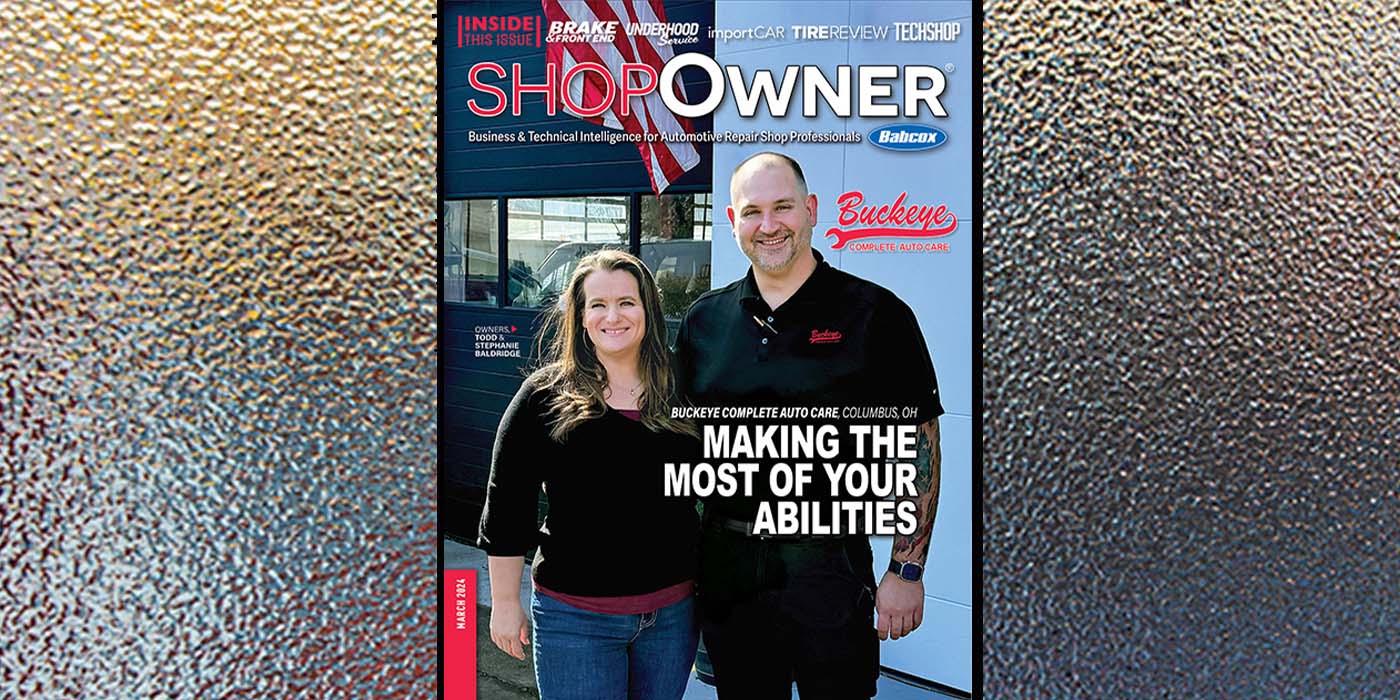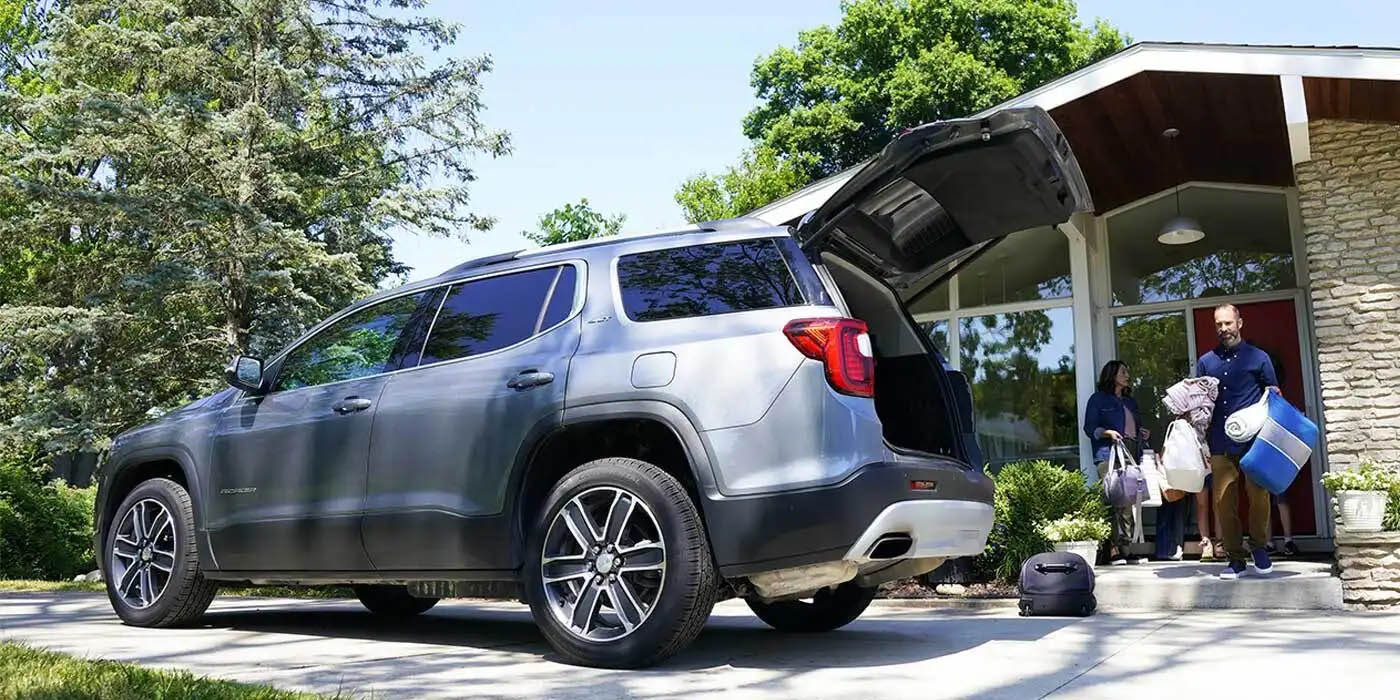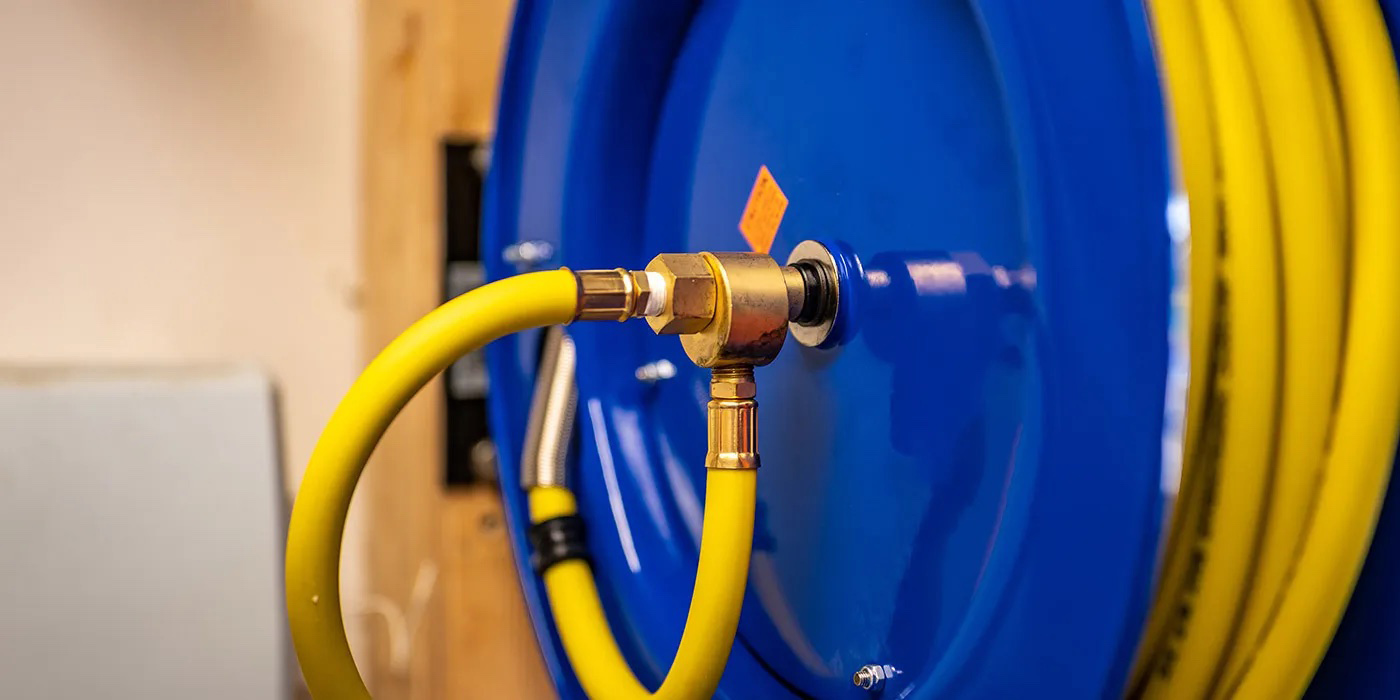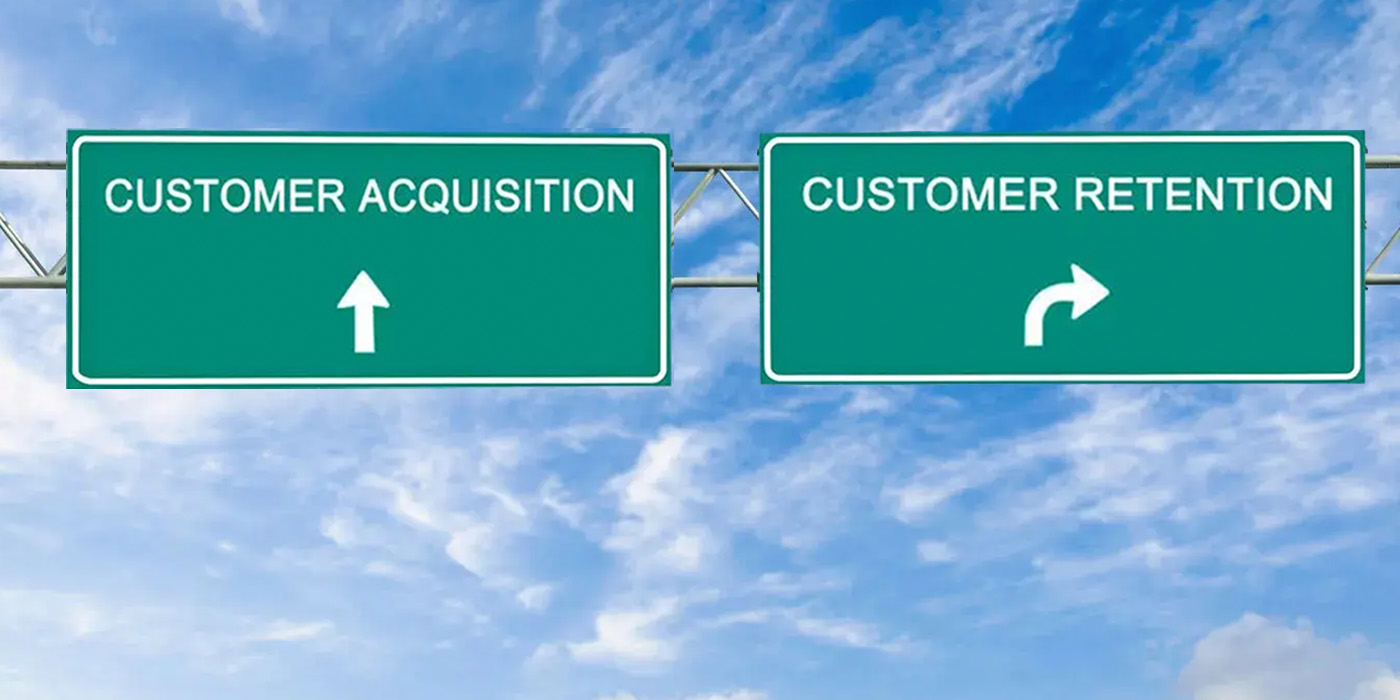As business owners, our best teachers will always be our employees and our customers. They understand many components of our businesses, and, in most cases, they really do care about our success.
Learning from our employees is relatively simple. All we need to do is pay attention to their passing comments and engage them during our employee meetings and reviews. Learning from our customers, on the other hand, may take some extra effort.
So, within this article I’m providing a step-by-step guide that will help you do what every successful business owner does — learn from your customers.
1. First and foremost, you need to set customer satisfaction goals, as well as minimum levels of acceptable performance. For example, your goal would be 100%, and the minimum level of acceptable performance would be set at 96%.
2. Let your employees know how you will measure results. It’s your call, but I would encourage you to categorize any type of customer dissatisfaction as a failure, regardless of the cause. For example, if the customer says they felt the price of the repair was too high, it would be a failure because the service adviser did not do an adequate job of building value in the service.
Now, I understand that there will be some occurrences (such as a part failure) where the employees would feel they should not be held accountable for the customer being dissatisfied. It’s those rare occurrences that cause us to set a minimum level of acceptable performance. In essence, by setting a minimum level of acceptable performance at 96%, those rare occurrences are taken into consideration.
3. Implement a companywide reward program that is based on customer satisfaction scores, and make sure all of your employees are able to participate. This will help incentivize the team effort you need.
4. Decide who will be making your customer follow-up calls. Although there is tremendous relationship-building value in having your advisers follow up with customers, the downside is that your customers may not be candid with them. Add to that, your advisers will have a conflict of interest if you are providing them with an economic incentive.
I’ve found that the best person to make these calls is someone with the right personality, and who believes in you, your company and your people. When I was still operating shops, I found that the perfect candidates were the customers who loved us, and who were looking to earn a few extra dollars a week.
5. Decide “how” you will compensate the person you hire, and where the calls will be made. Ideally, you will pay your representative a flat hourly rate, ensuring that they will invest adequate time on each call. I also believe, when possible, the calls should be made from your shop. Not only will this allow your customers to see your phone number displayed on their caller ID, which adds to your professionalism, but if customers have a question or concern, they can be immediately transferred to your staff.
6. Decide “who” you will call and when. At Elite, we believe that all first-time customers, and all repair and/or warranty customers, should be called within 72 hours. Out of respect for their time, we do not endorse calling repeat customers who had simple maintenance services performed. While these calls should never be perceived as “sales” calls, if a customer declined a major safety repair, we do encourage the representative to ask customers if they’ve had the repair performed, to ensure their safety and well-being.
7. Ask the right questions. I realize most dealerships, franchisees and independents ask a series of questions about the behavior of their staff, the quality of repair, promised-times, etc. At Elite, we look at it differently. Our position is that you should say something as simple as, “I just wanted to follow up with you and ask, ‘How did we do?’”
Our reasoning for this open-ended approach is rather than leading the customer with specific questions, it will allow you to learn what’s important to your customer. If it’s important enough to be at the top of their mind, then without question, it’s exactly what you need to hear.
8. Put the information to work. Share all of your discoveries with your entire crew, and solicit their recommendations as to what can be done differently based on what you’ve learned from your customers. Not only will this allow you to build a more successful shop, but it will show your employees that you value their feedback as much as the feedback you receive from your customers.
If you want to build a more profitable, successful business, there are two rules that should always be at the top of your list: Never put money ahead of people, and listen intently to your customers.














